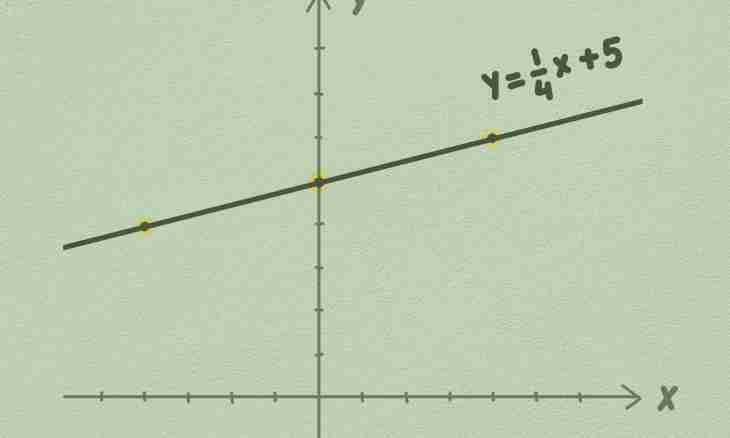The asked question completely covers a main objective of the whole course "Linear Algebra". Therefore the answer can be given only in summary form, without detailed calculations and explanations. In general the linear equations are interesting what to solve by their perhaps purely algorithmic methods.
Instruction
1. The system of t of the linear algebraic equations with n unknown has an appearance (see fig. 1). In it aij – coefficients of a system, xj – unknown, bi – free members (i=1, 2..., t; j=1, 2..., o). Such system makes practical sense when the number of its equations does not exceed number of unknown, that is at m≤n. The fact is that otherwise the "excess" equations have to be a linear combination of the others. It means that they just repeat them. If is not present, then and the decision does not exist (a system not in common).
2. Compactly such system can be written down in the matrix AH=V form. Here And – a matrix of coefficients of a system, X – a matrix - a column of unknown, B – a matrix column of free members (see rice 2). If m=n, i.e. there is a number of unknown and number of the equations is identical, then a matrix And square. Therefore for it the concept of determinant of a matrix ∆= by |A|. Is determined at |A| 0 there is the return matrix of A ⁻ ¹. Its definition is based on equality of AA ⁻ ¹ = A ⁻ ¹ A=E (E is a single matrix). The formula for calculation of the return matrix is also present at figure 2. It is only necessary to add that the Aij elements of the attached à matrix called algebraic additions of the aij elements of a matrix And are calculated as follows. Take determinant |A| and delete from it a line and a column on which there is an aij element. Write down the remained coefficients in the form of new determinant which increase on (-1) if i+j not chetno. The corresponding number is equal to Aij. Algebraic additions register on columns of the attached matrix.
3. Find a solution of a system in the matrix way. For this purpose increase both parts of the AX=B system by A ⁻ ¹ at the left. Receive (A ⁻ ¹ A)X=A ⁻ ¹ B, EX=A ⁻ ¹ B or X=A ⁻ ¹ B. All details are illustrated in fig. 3. The formula of calculation of determinant of coefficients by Decomposition on i-mu to column A is given in the same drawing. The mentioned details lead to a conclusion that at the solution of systems of big dimension it is better not to use a matrix way. It is possible just "to drown" in calculations of enormous number of algebraic additions (if not to create appropriate programs). The method, perhaps, only for the systems of the second order as for determinant of this order And ₁₁ = and ₂₂, And ₁₂ = - and ₂₁, And ₂₁ = - and ₁₂, And ₂₂ = and ₁₁ is justified it. It is easy to remember it. And further … In other, it already on the fan.
4. The time of the most, perhaps, known and extremely simple method of Kramer came. Look narrowly more attentively at expression for definition of unknown xi on the previous step. What will turn out if instead of column B elements to put the i-go elements of a column of a matrix of coefficients And (for descriptive reasons it was displayed in figure 3). The theorem of decomposition for calculation of determinant | A |= ∆ on i-mu to a column of a matrix will turn out And. Therefore xi = ∆ i / ∆. ∆ matrixes of coefficients call determinant the main thing, and ∆i auxiliary. For each unknown the auxiliary determinant is found by means of replacement of i-go of a column of the main determinant by a column of free members. In detail Kramer's method for a case of a system of the third order is presented in figure 4.
5. The most general way of the solution of systems of the linear equations is Gauss's method. Here the number of the equations can be and smaller numbers of unknown, m≤n. The method was already in details described in subject of КаêProsto.ru. To address it, use the first source from additional data.

